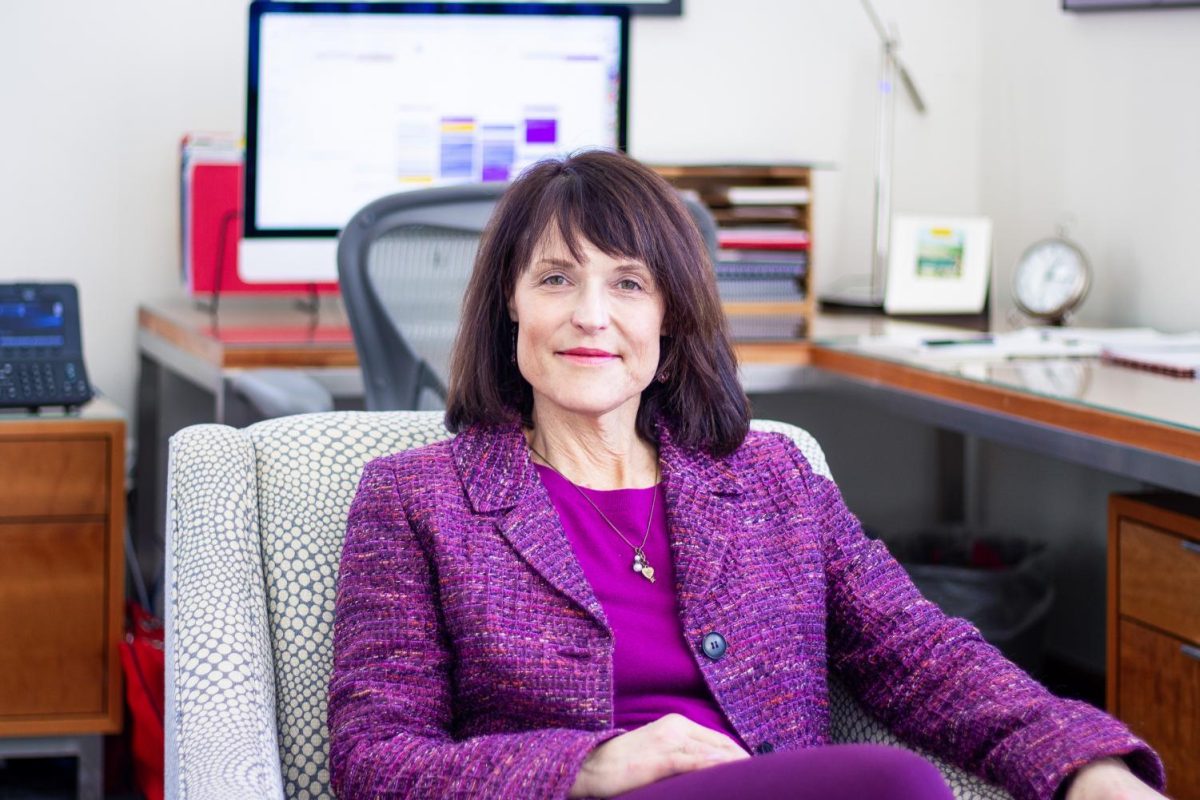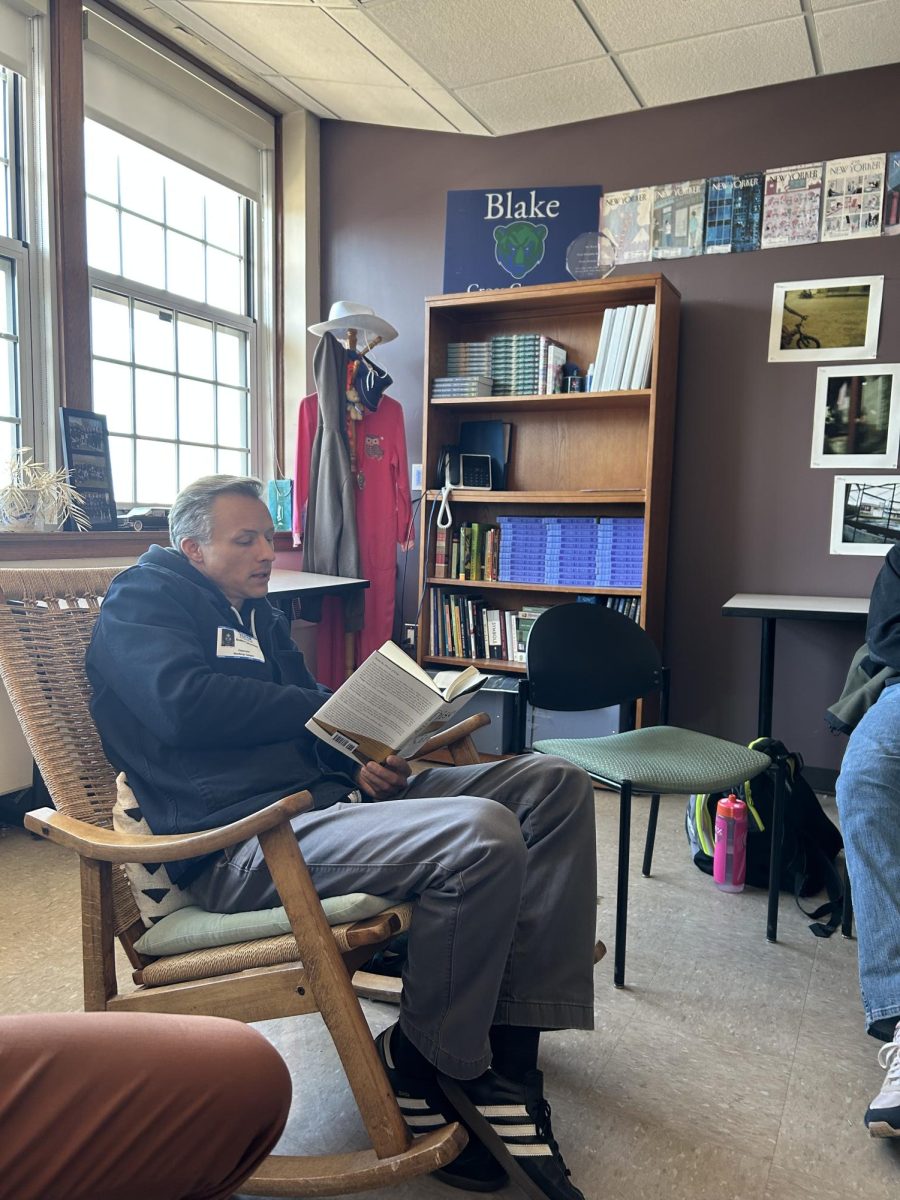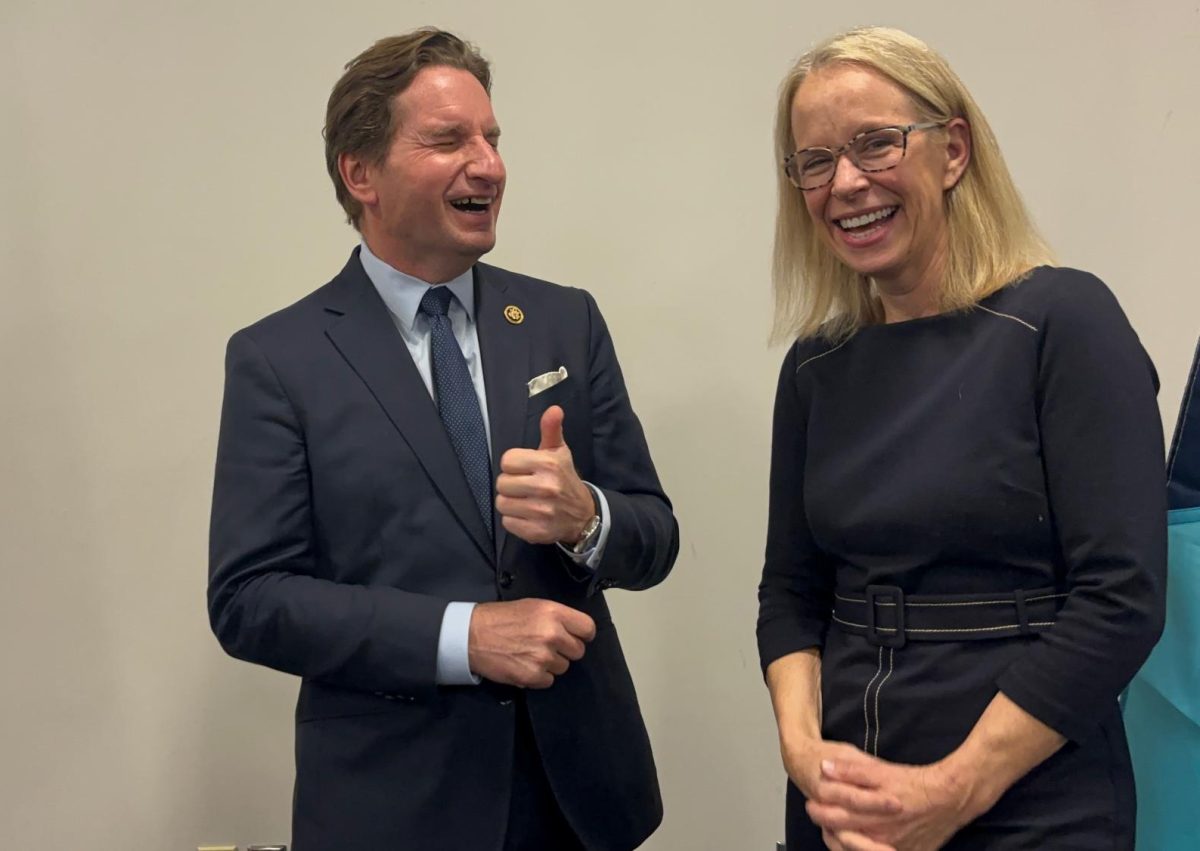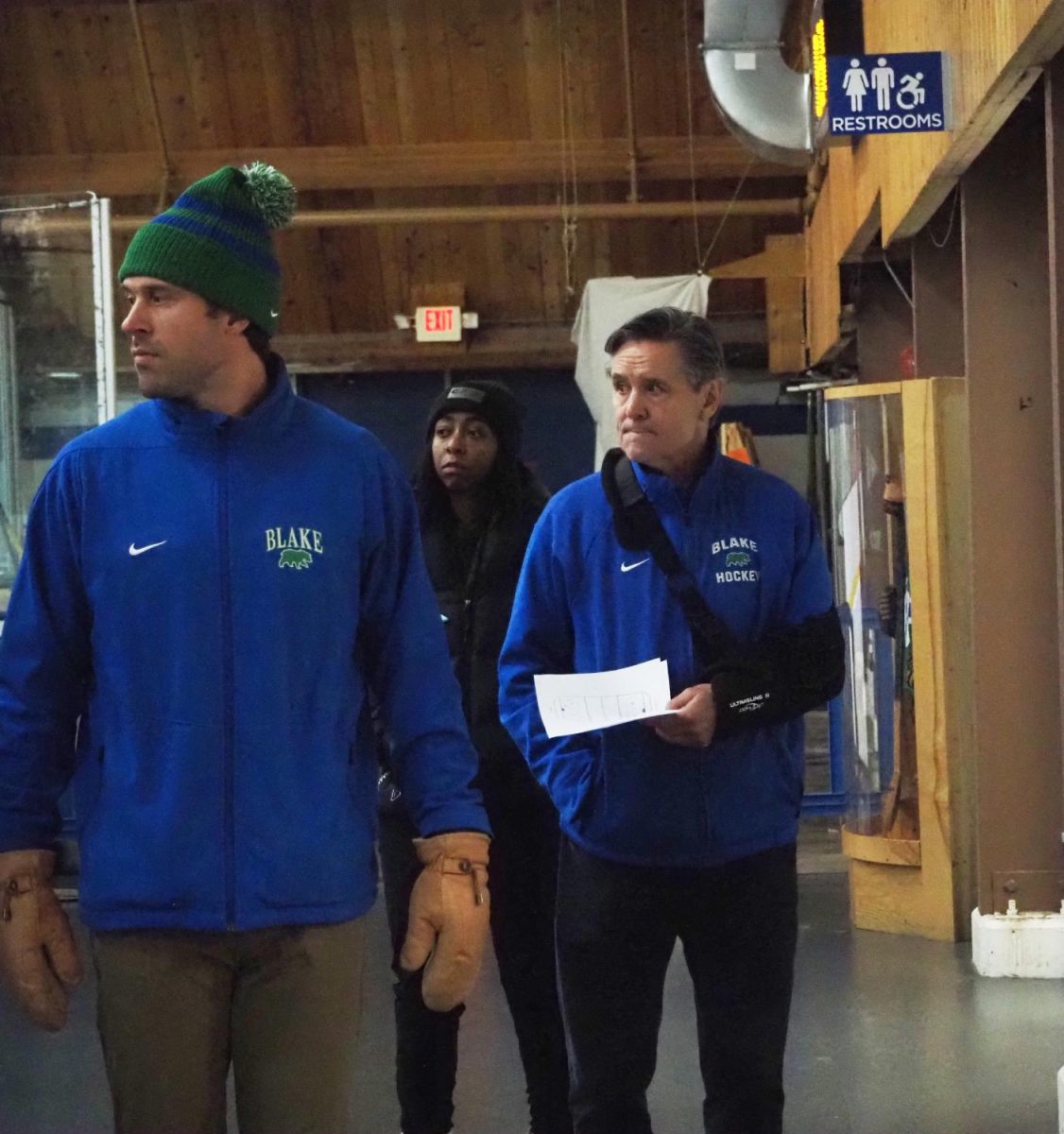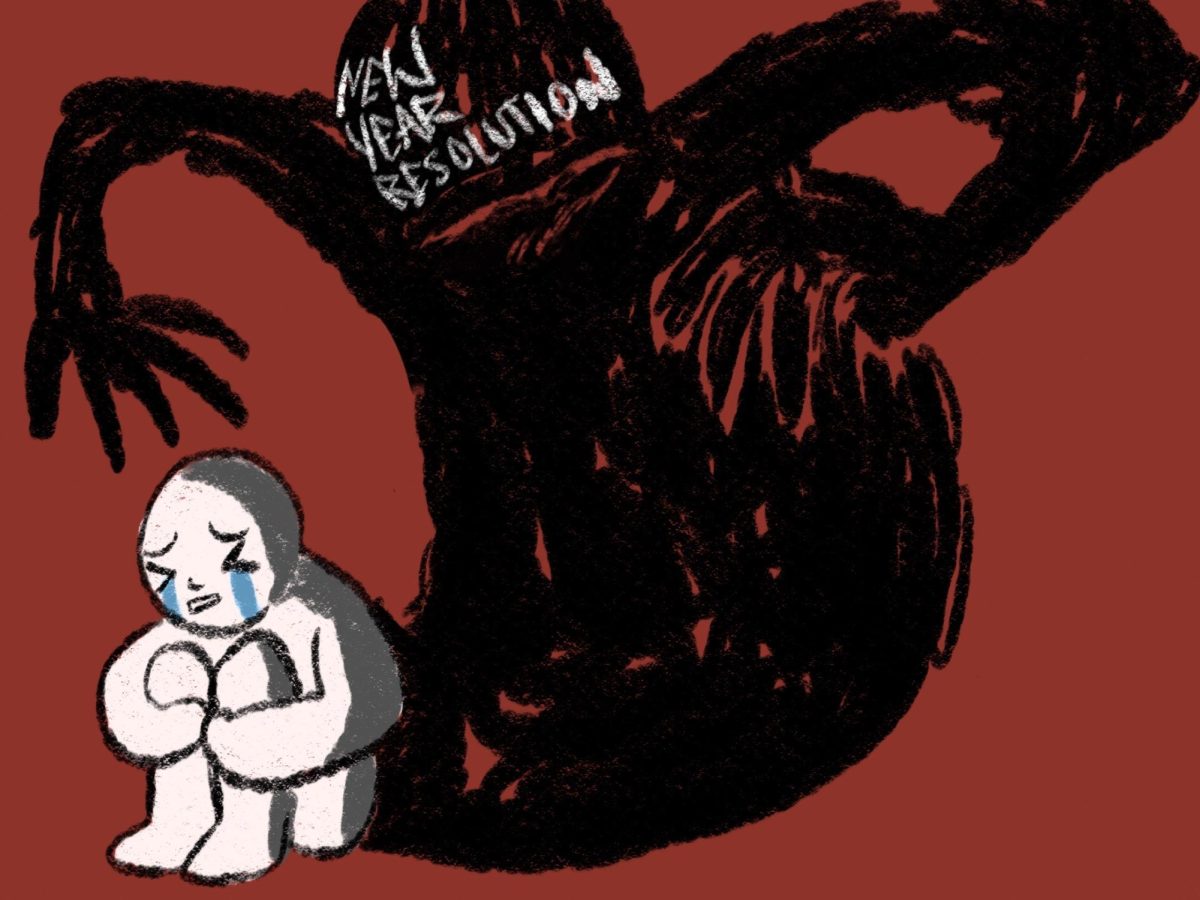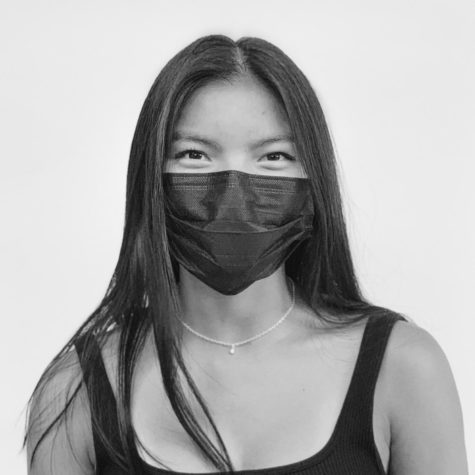On March 8, head of upper school, Anne Stavney informed the community that the middle school and upper school campuses would be returning to fully in person instruction starting April 19th.
When asked how she felt about the transition, Carly Shoemate ‘22 says, “I was surprised to hear we are going back to school because I don’t know that I really see the point. We’ve been hybrid for so long that I don’t know how much more coming back to school full-time for the last part of the year is going to add.” When asked why the administration chose to transition to in person learning, Upper School Director Joe Ruggiero says, “That actually was a decision made by Dr. Stavney. The division directors, so myself, as well as the director for the middle school and the lower school were told by Dr. Stavney what the decision was based on information she gathered both from the health organizations and the governor and input she was getting from the board.”
Another student concern has been administration listening to student input when it comes to these decisions. Shoemate shares, “I also just think it’s interesting because almost every student that I’ve talked to isn’t in love with the idea of going back and every email we received said they discussed it with faculty but it didn’t really feel like there was a big student voice involved and that seems unfair.” According to Ruggiero, “There wasn’t direct student input in terms of creating the schedule, but…this year as we’ve transitioned from schedule to schedule we’ve had two student feedback groups to help us with how students were experiencing the schedule itself.”
Ruggiero explains the thinking behind the new schedule saying, “We were really careful about trying to make sure that the number of classes per day helped regulate the rhythm of work for students. We were hoping that by building in a late start, an early release, some time during the day, reduced number of classes during the day, that we would be able to sort of naturally help that rhythm in ways that we probably couldn’t with a different schedule.” Ruggiero also adds that “we will not have a regular finals week like we have in the past so the stress and time that it takes to do larger cumulative exams is just not worth it right now. We would rather just expand instructional time because we have missed instructional time and have classes just run through the end of the year.” It’s important to note that when Ruggiero says “we” he’s addressing a group of faculty from each academic department and administrators who were selected and asked for their input regarding the schedule and the transition.
Additionally, athletes have heightened concerns about the in person return. Shoemate, who runs track, says “Because I’m an athlete I’m a little annoyed with going back full-time just because it feels unfair to students who are trying to participate in athletics and now there’s an increased risk that they will be exposed and miss part of their season. Especially because we can’t opt into being remote anymore to protect our seasons.” Ruggiero explains the reasoning for this saying, “people were shifting in and out of remote and in person learning at a rate that was unsustainable for teachers in terms of knowing what they were preparing for. So faculty are always creating activities for students in class based on who they have in front of them and if they cannot predict what that is then instruction suffers.”

![Nina Bush ‘22 says, “I’m excited about seeing people again but a little worried about [COVID-19] and managing the workload since I’ve gotten so used to the off days where I have the time to sleep in and get all my work done.”](https://www.blakespectrum.org/wp-content/uploads/2021/04/IMG_5189-900x600.jpg)

